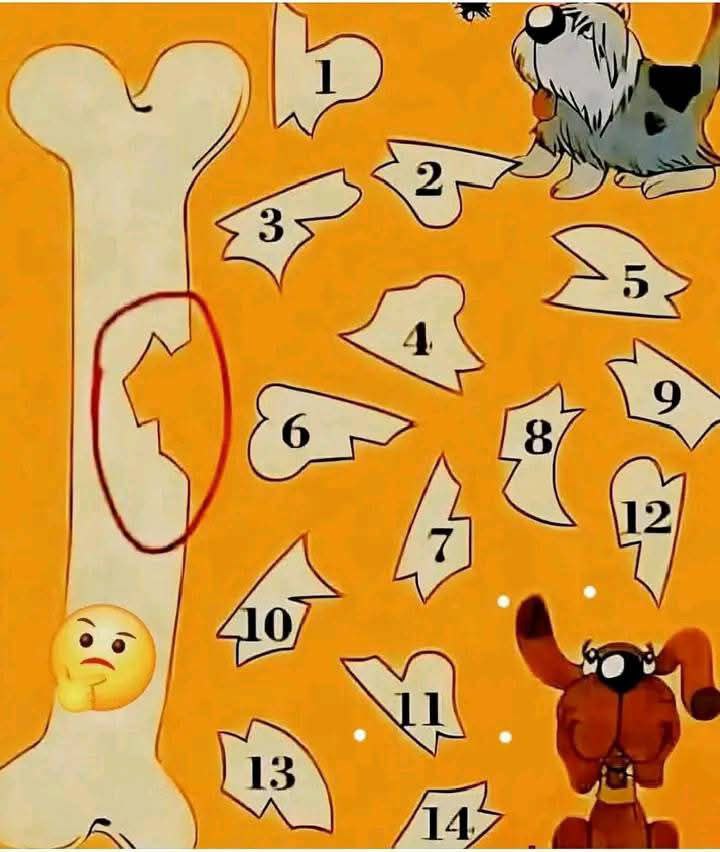Educational and Cognitive Benefits
-
Pattern Recognition
This puzzle sharpens the ability to identify and interpret visual patterns — a foundational skill in both mathematical and linguistic development. -
Visual-Spatial Reasoning
Matching shapes based on orientation and relative position enhances spatial intelligence. This is especially beneficial for subjects like geometry, engineering, and even daily navigation tasks. -
Concentration and Attention to Detail
Puzzles like this demand focused attention, training the brain to examine subtle differences and make precise decisions. -
Memory Enhancement
Engaging with visual puzzles activates short-term memory, especially when children mentally rotate pieces or recall similar shapes they’ve seen before. -
Problem-Solving Skills
Determining the correct piece involves hypothesizing, testing, and evaluating — critical thinking processes that are central to academic success.
Application in Educational Settings
Educators and parents can incorporate puzzles like this into early learning curriculums to:
-
Support development of fine motor skills (when pieces are physically manipulated)
-
Foster collaborative learning through group problem-solving
-
Provide low-stress learning environments that encourage trial and error
-
Identify strengths and areas needing support in individual learners
Conclusion
What may appear as a simple cartoon puzzle is, in fact, a valuable cognitive development tool. Exercises like these nurture foundational thinking skills in children and offer mental stimulation for adults. Whether in classrooms, therapy settings, or homes, visual puzzles serve as engaging educational resources with long-term developmental benefits.
Author:
[Your Name]
Cognitive Development Specialist | Educational Consultant

